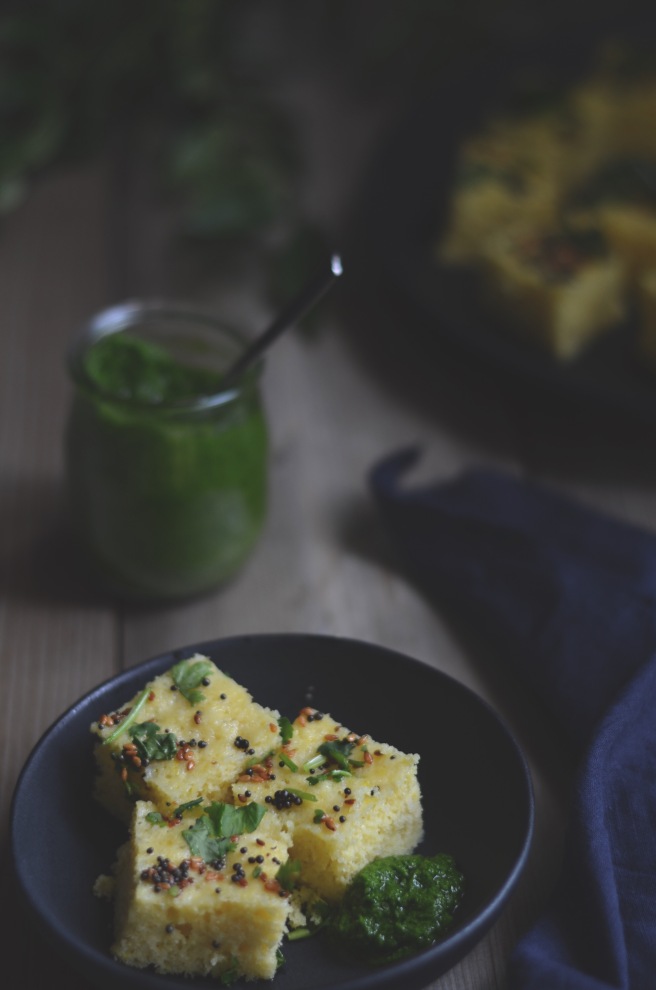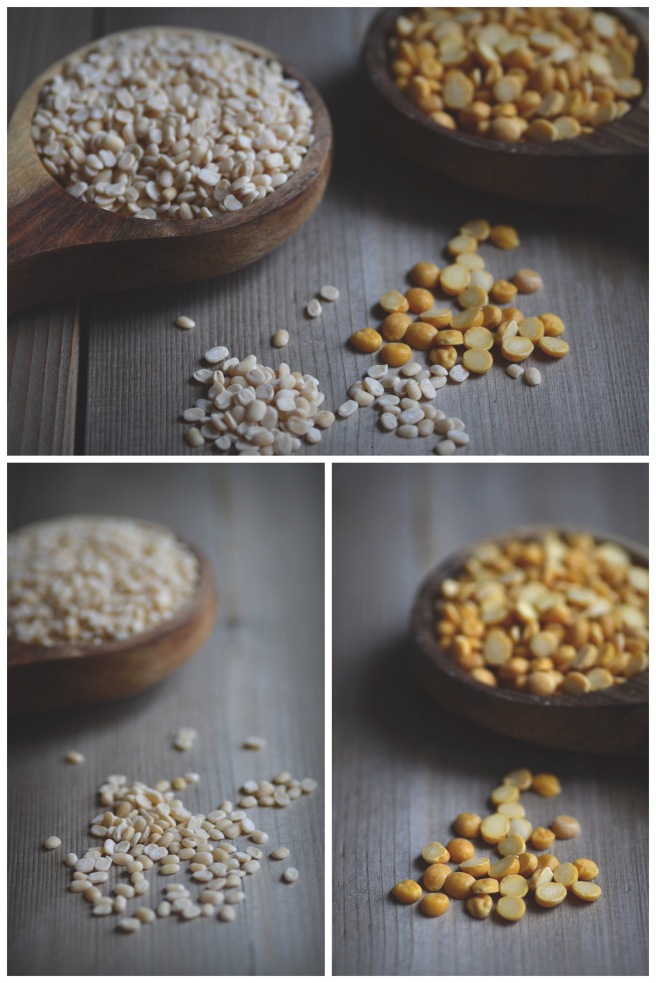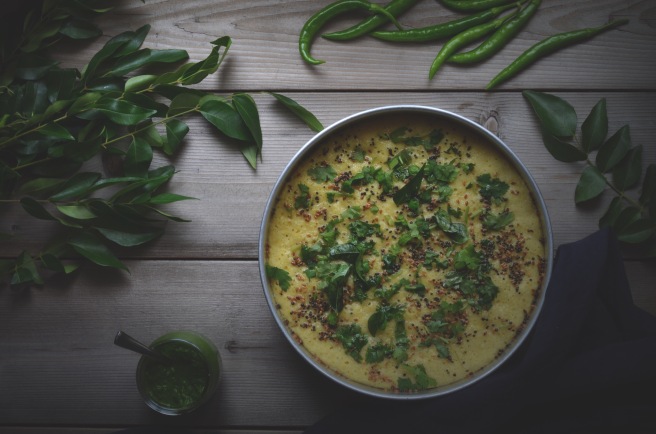Great food knows no borders.
I was three years old when, on an otherwise ordinary November day, we made our journey from our tiny ancestral village in Gujarat, India to Canada. Although, we wore our best clothing, I am sure, by Western standards, we did not purport to anyone of great status, nor were we. But unknown to even ourselves, we carried great treasures with us that day.
These treasures were not neatly packed along with our few meager belongings in our brand new, never-used-before suitcases. Instead, they rested in my mother’s head, clearer than the map she’d been given tracing our transcontinental route. These treasures, like the ones carried by travellers before and after us; migrants and nomads, pilgrims and peddlers, explorers and wanderers, are always overlooked and never declared at borders. They are the recipes from the land left behind. They are perhaps, the greatest gift one can bestow upon their new homeland.
I carried recipes in my head like maps. -Joanne Harris, Chocolat

Here is my family recipe for a Gujarati specialty, generally referred to as dhokla. Dhokla is made by steaming a fermented batter derived from split chickpeas (channa dal) and rice (and in my version split black gram or urad dal). These days, it is most popular as a street-food throughout India but in a Gujarati home it is served for breakfast, lunch, or as a snack. Best of all, it is super healthy! There are a multitude of variations. My favorite recipe is undeniably the one I grew up with.




Gujarati Dhokla
- 100 g (½ cup) split chickpeas (chana dal)
- 25 g (2 tbsp) basmati rice
- 25 g (2 tbsp) split black gram (urad dal)
- 150 g yogurt
- 1 tsp salt
- 1/8 tsp turmeric
- ¼ tsp cumin powder
- ¼ tsp coriander powder
- 1 small garlic clove
- 1-2 green chilis (depending on your preference)
- 1 tbsp lemon juice
- 1 1/2 tsp fruit salt
- Wash and soak chana dal, rice and urad dal in a bowl overnight (or minimum 8 hours).
- Rinse and drain the next morning.
- Combine soaked rice/dals with yogurt, garlic, chilis and spices.
- Pulse in a food processor until it is combined and completely pureed.
- Let the mixture sit for 6-10 hours (fermentation) in a cool spot (refrigerate if not cooking within 10 hours).
- Fill a large dutch oven pot with water a few inches high and get the water to boil. (If you have a pot designed specifically for cooking dhokla, then just follow the instructions for it.)
- While you wait for the water to boil, grease with oil an 8 inch cake pan.
- When the water starts to boil, place 3 heat proof ramekins in the dutch oven (upside down or not, it doesn’t matter)
- Stir in the fruit salt to the batter. The mixture will foam up and become airy. Transfer this into the cake pan.
- Place the cake pan on the ramekins and cover the dutch oven pot.
- Allow the batter to steam for 20 minutes.
- Remove the cake pan from the dutch oven (be careful to not let condensed water to drop onto the steam dhokla). (Let it cool before cutting or removing from pan. But I usually temper while still in cake pan.)
Tempering and Garnishing
- 1 tsp black mustard seeds
- 1 tsp sesame seeds
- 1/4 cup vegetable oil (I use a mild tasting olive oil)
- about 10 fresh curry leaves (optional)
- 1 green chili, sliced (optional)
- 3-4 tbsp of chopped fresh coriander
- On medium to high heat, heat oil in saucepan.
- Add mustard seeds. They should start to crackle (if not wait for them to do so). Let them crackle until crackling intensity dies down.
- Add sesame seeds and allow them to sizzle and brown slightly.
- Add the curry leaves and the chilis and turn off heat within 30 seconds.
- Using a large spoon, gently spoon the oil mixture over the dokla.
- Garnish with fresh coriander.
- Cut into squares (or more traditionally into diamond shapes) and serve with coriander chutney or a green sauce such as this one.

What is fruit salt ?
Hello and thanks for stopping by. Fruit salt is a general, broad term referring to “effervescent compounds made up of organic acids” (Wiki). Do you know the product Eno? You could most definitely use that!
This is one of my favourite foods! I’ve never tried making it though, maybe now I will!
Also, your blog is beautiful 🙂
Thank you so much. You are so kind! I do hope you will have the chance to make this, this is a pretty much no-fail recipe!
if i do i’ll be sure to let you know the results !!!
I will share it tomorrow lol mmm i don’t have a special cooking pot for that 😦 hope mine will be good :p
looking forward to it!
I will bake a dohkla tomorrow, but a basic one lol your recipe seems to be a little bit more technical
lol… I am curious now… do share your version in a post, if not already done. I am curious to know how you bake it!! My version was handed down to me by my mother… she has a special cooking pot for making dhokla so it is easy for her… I do not, so yes, it is a bit technical.
Beautiful!! Should be very tasty too.
Thanks!!
It’s looks delicious and lovely capture 😊
Thank you!
stunning!
Thank you!